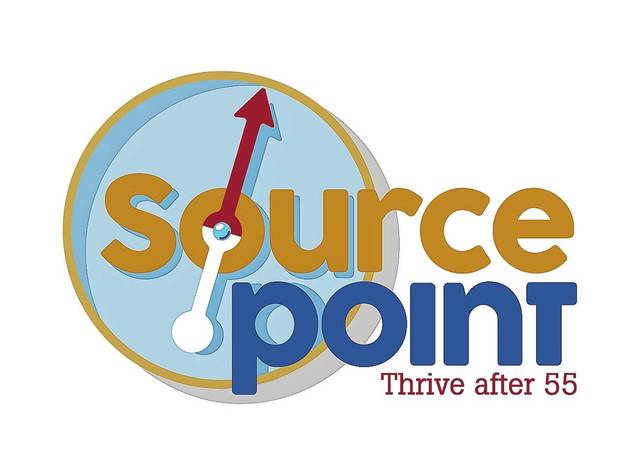
Exercise is medicine.
It sounds simple, right?
Exercise is Medicine® is a global health initiative founded in 2007 by the American College of Sports Medicine with the American Medical Association in response to overwhelming evidence that physical activity plays a vital role in both the prevention and management of chronic health conditions. EIM, as it’s nicknamed in the medical community, seeks to make physical activity a standard part of health care.
Physical activity has been proven effective in the prevention and treatment of chronic diseases, such as heart disease, type 2 diabetes, osteoarthritis and dementia. In addition to disease-prevention benefits, regular physical activity helps individuals sleep better, feel better, and perform daily tasks more easily. (There’s a 700-plus page report on health.gov if you’d like to learn more about the benefits.)
According to the Centers for Disease Control and Prevention, only half of U.S. adults meet the weekly recommendations for aerobic physical activity. When you also consider that six in 10 adults have a chronic disease — a risk that increases with age — the numbers are staggering.
So, why isn’t physical activity routinely prescribed by primary care physicians?
Physical activity is preventive. No physician prescribes medicine to a healthy patient. And that’s exactly what EIM seeks to change.
EIM makes a case that physical activity should be a vital sign routinely assessed and recorded, the same as blood pressure or body temperature. This could allow physicians the opportunity to individualize “treatment,” prescribing or referring patients to the physical-activity level best suited to them and their health.
From the patient’s perspective, it may be common sense to hear physical activity is beneficial to our health. However, it’s beneficial to have a conversation with your physician and receive guidance from this trusted medical professional on how to get started — and how to keep going — and take control of this potentially huge health benefit.
As a reference, the ACSM sets forth these recommendations for exercise prescription in older adults:
• Frequency: Three to five days each week for aerobic training and two to three days each week for resistance training.
• Intensity: Light to moderate, which varies between individuals and abilities.
• Multiple Modes: Aerobic, muscle strengthening, and flexibility are all important.
• Duration: 150-plus minutes of physical activity each week is key.
Increasing the use of preventive services by older adults is a key public health strategy, given the rapid aging of the population. And clearly, exercise is an important part of preventive care.
The good news for our community is, in a 2018 assessment of Delaware County adults ages 55 and older, 69% reported exercising every day to several days a week. That’s an outstanding majority, and a trend we want to see continue. Exercise may be the best medicine, after all.


